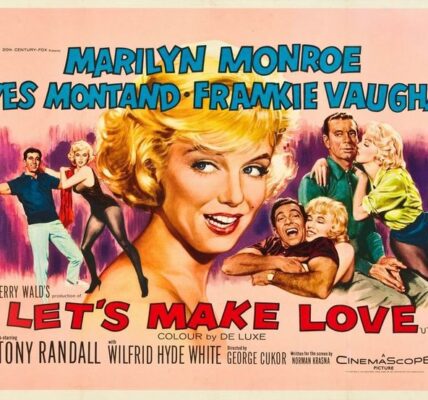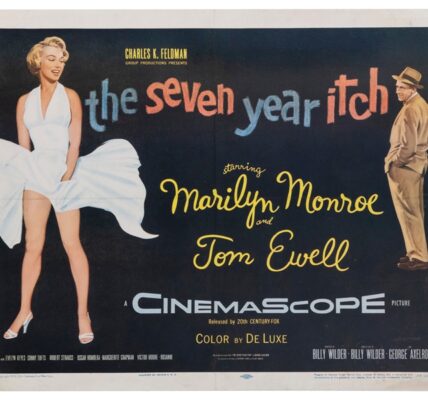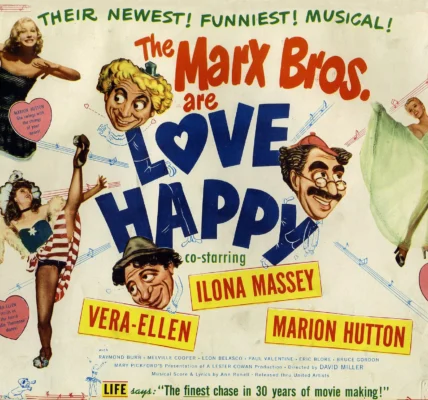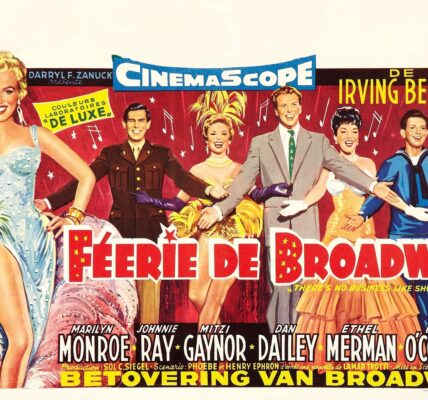“How to Marry a Millionaire” (1953) is a romantic comedy that features Marilyn Monroe, Betty Grable, and Lauren Bacall as three glamorous women on a quest for love and wealth. Directed by Jean Negulesco, this film is a witty exploration of ambition, friendship, and the pursuit of financial security through marriage. It showcases Monroe’s comedic talent and her undeniable screen presence, making it a classic of the genre.

Film Details:
- Title: How to Marry a Millionaire
- Release Year: 1953
- Genre: Romantic Comedy
- Director: Jean Negulesco
- Screenwriters: N. Richard Nash (based on the play “The Millionairess” by George Bernard Shaw)
- Cinematography: Milton R. Krasner
- Production Company: 20th Century Fox
- Runtime: 95 minutes

Main Cast:
- Marilyn Monroe as Pola Debevoise
- Betty Grable as Loco Dempsey
- Lauren Bacall as Schatze Page
- William Powell as J. Stewart Merrill
- David Wayne as Freddie Denmark
- Tommy Noonan as a millionaire

Plot Summary:
The story follows three ambitious women—Schatze Page (Bacall), Pola Debevoise (Monroe), and Loco Dempsey (Grable)—who share a Manhattan apartment and are determined to marry wealthy men. Each woman has her unique approach to landing a millionaire, and their different personalities create comedic situations throughout the film.
Schatze, the most practical of the trio, devises a plan to attract rich men, believing that marrying for money is the key to a secure future. Pola, who wears glasses but refuses to admit her poor eyesight, often finds herself in humorous situations due to her clumsiness. Loco is the light-hearted one, enjoying life and love without taking it too seriously.
As the women pursue their wealthy suitors, they encounter a series of misunderstandings and complications. Schatze’s determination leads her to J. Stewart Merrill (William Powell), a sophisticated millionaire who may not be all he seems. Meanwhile, Pola and Loco find themselves in increasingly ridiculous situations that test their friendship and ambitions.
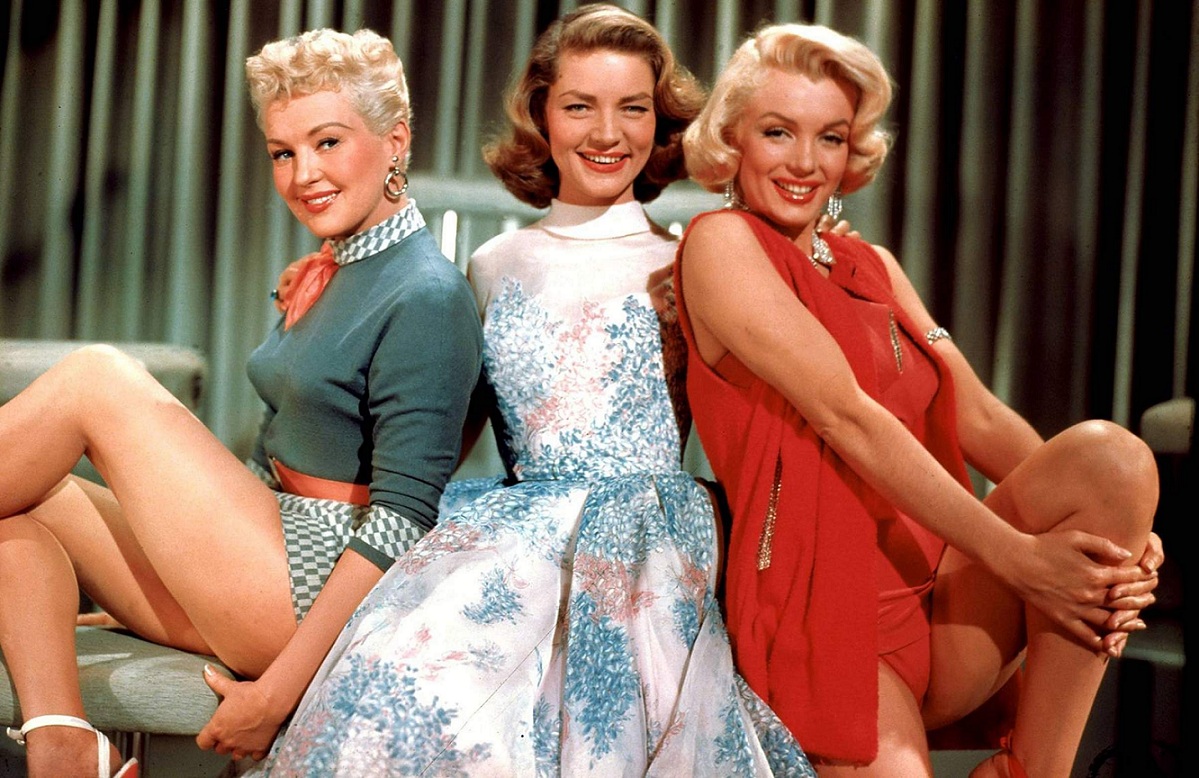
Marilyn Monroe’s Role:
Monroe’s portrayal of Pola Debevoise adds a delightful layer of humor and charm to the film. Her character’s naivety and innocent clumsiness create several laugh-out-loud moments. Monroe shines in her comedic timing and displays her trademark charm, making Pola a memorable and endearing character. Her performance also highlights her ability to balance humor with vulnerability, showcasing her range as an actress.

Themes:
- Love vs. Money: The film humorously examines the notion of marrying for wealth versus marrying for love, posing questions about the true value of relationships.
- Female Friendship: At its heart, the film emphasizes the bond between the three women, showcasing their loyalty and support for one another amidst their romantic pursuits.
- Ambition and Independence: Each character embodies a different form of ambition, illustrating the desire for financial independence and the lengths to which they will go to achieve their goals.

Reception:
“How to Marry a Millionaire” was a commercial success and received positive reviews from critics, particularly for the performances of its leading ladies. The film’s humor, style, and catchy premise resonated with audiences, making it a beloved classic. Monroe’s comedic performance was particularly praised, reinforcing her status as a top Hollywood star.

Legacy:
The film remains a classic example of 1950s romantic comedies, celebrated for its lighthearted approach to serious themes. Monroe’s performance as Pola is remembered as one of her standout roles, showcasing her ability to blend charm and comedy in a way that captivated audiences. “How to Marry a Millionaire” continues to be enjoyed by new generations, and its themes of ambition, friendship, and love remain relevant today.

Fun Fact:
“How to Marry a Millionaire” was one of the first films shot in the newly developed CinemaScope format, allowing for a more immersive viewing experience. The film’s glamorous settings and fashion were highlighted through this technology, making it visually stunning and a landmark in cinematic history. The film was also one of the highest-grossing films of 1953, solidifying Monroe’s place as a leading lady in Hollywood.
Watch movie:

